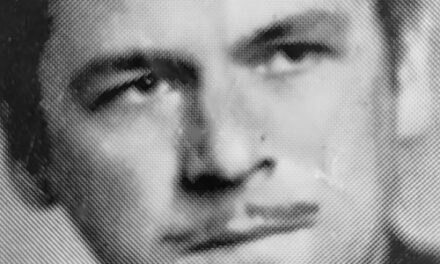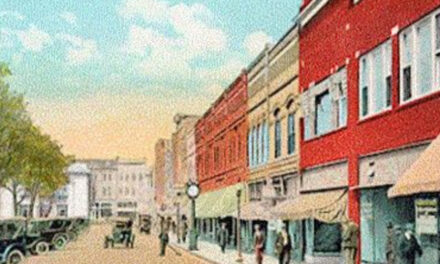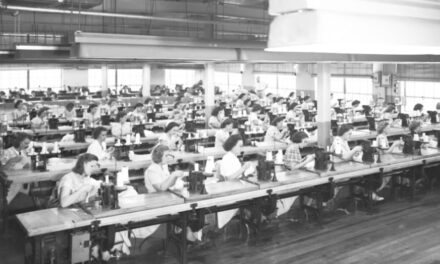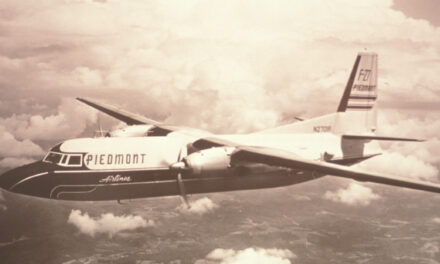
By some estimates, as many as 5,000 people came out to watch the Soap Box Derby competition in Hickory, when contestants went “down the hill” for the very first time. Not bad for a city whose population was not quite four times that number in 1967. John Vaughn started with the idea of staging a local race as a fun way to develop the skills and confidence of boys, eager to prove their skills. The turnout on race day confirmed that his hunch was right.
As a surveyor, John researched all over town looking for the best road upon which to launch gravity vehicles down hill. He found a suitable decline on First Avenue, SW, after it crosses over Highway 321, heading toward Longview. In that era, most people called it Southern Desk hill, because at the bottom stood the main plant of the furniture maker.
Among those who raced that first year was Mike Bolch. He had read about the coming of the Soap Box Derby in the paper and asked his dad if he could sign up. Faithfully, he went to the instructional classes put on by John Vaughn, built a car and competed. He came in third. But as he himself revealed, he “wouldn’t give up.” The next year, he took part again, and again lost. He did however, win the award for the best designed car.
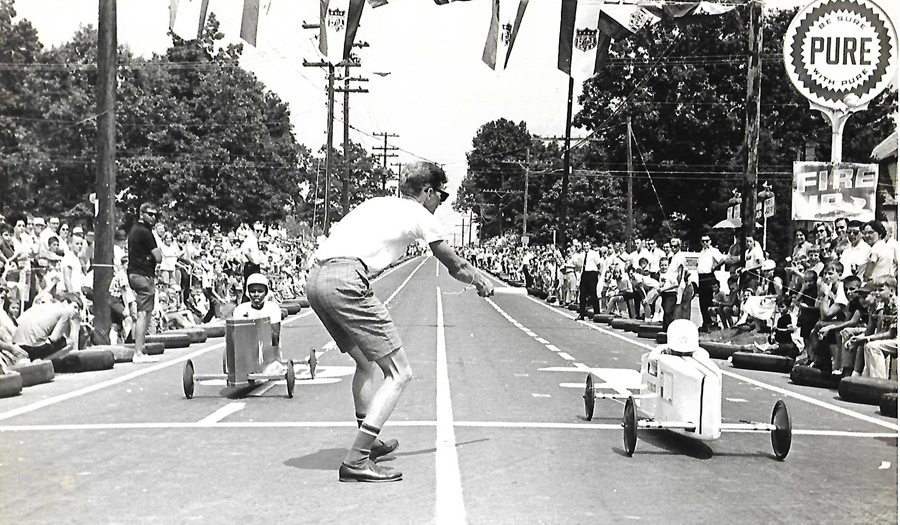
Photo: A photo finish as racers compete on Southern Desk hill in 1967.
In 1968, a total of 74 boys raced, a 60% increase in participation from the first year, a sure sign that the program was gaining speed. Mark Cockerham took the prize that year, with construction of his car supervised by his father, Bill, who would go on to help several boys improve their vehicles over the years. Beyond such stipulations as requiring the car’s body have at least a three inch clearance and the steering column had to be less than twelve inches above the car’s floorboard, many aspects of how the car was built were left to the contestant, and/or those who assisted.
Fathers, uncles and other adults sometimes got so interested in the competition that they sometimes took over the car-building process. Tim Whitener grew up racing things like Pinewood Derby cars, vehicles too small to carry riders, as well as entries in Cub Scout boat races. With the help of his dad, he won both. Acknowledging that “everybody knows pretty much the father’s build those little cars,” he went to the first Soap Box Derby event with his father, Jimmie Whitener. After the race, Tim’s dad asked, “you think you would like to try that?” The son replied, “I think I would and I am sure you would too.” The Whitener family built two cars for the next race, one for Tim and another for his brother, Keith. In 1968, Tim finished second.
Like Tim Whitener, Mike Bolch got serious about producing a superior car. Mike worked on his car for six months prior to the July 1969 race. Competitors who returned for another try all remember how they worked to improve their speed, trying new things they learned from trial and error or observing how other boys built their cars. These construction secrets became known as the ‘tricks of the trade.’ In 1969, Mike Bolch took the final checkered flag sending him to Akron for the national competition, where he won his first heat. A year later, Tim’s brother, Keith Whitener would win the local round in Hickory.
The Soap Box Derby quickly became a much anticipated event. After two years of going down Southern Desk hill, John Vaughn found a better venue, the street that runs past Bass-Smith funeral home. That’s the track where Mike Bolch and Keith Whitener won their first place trophies. The Jaycees documented Mike’s win with color film of the races in 1969. More on that coming up.



